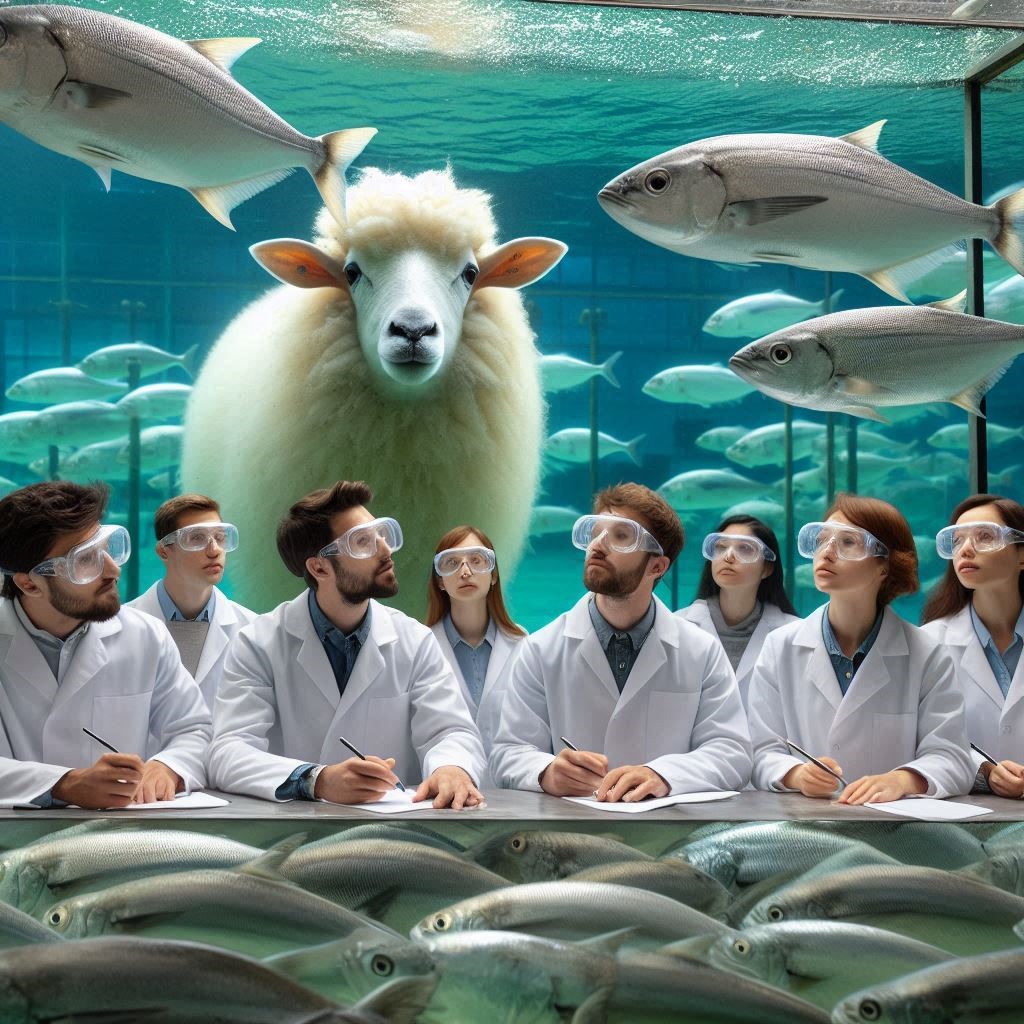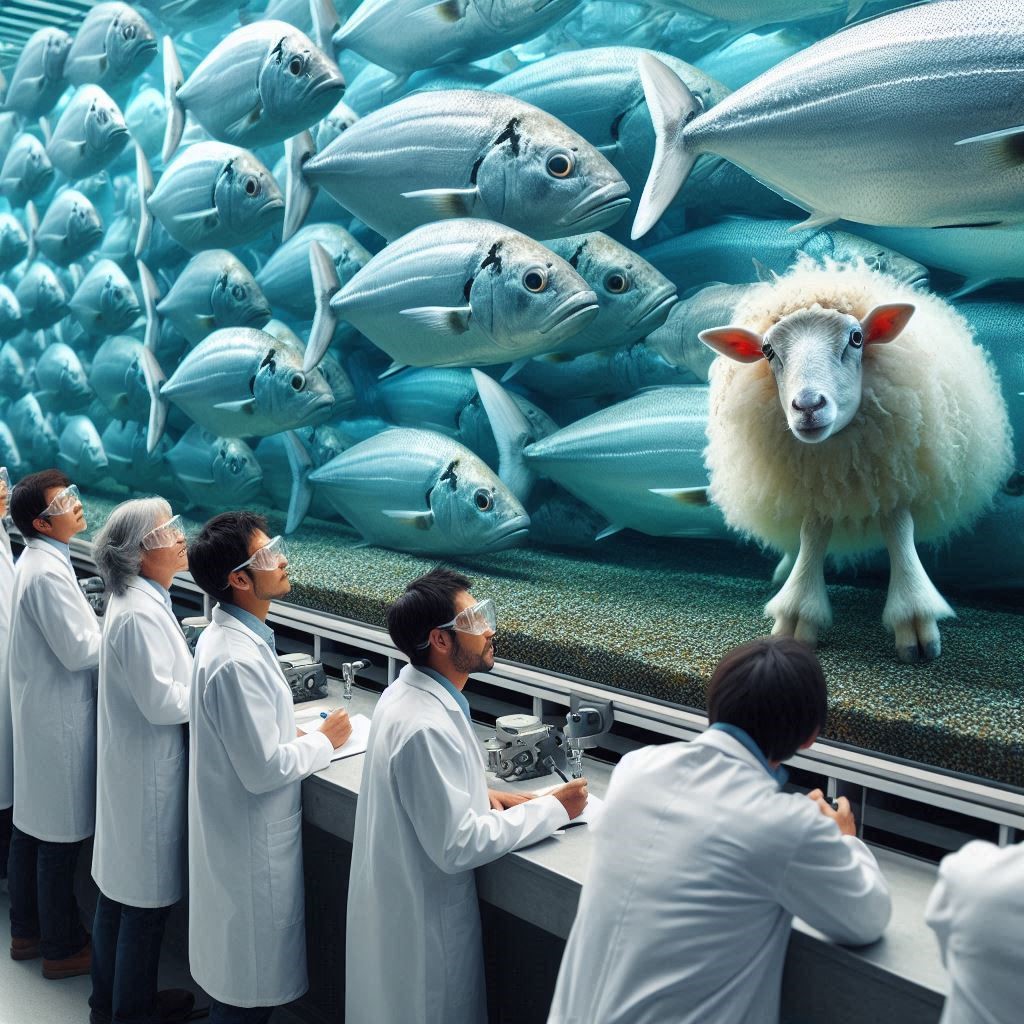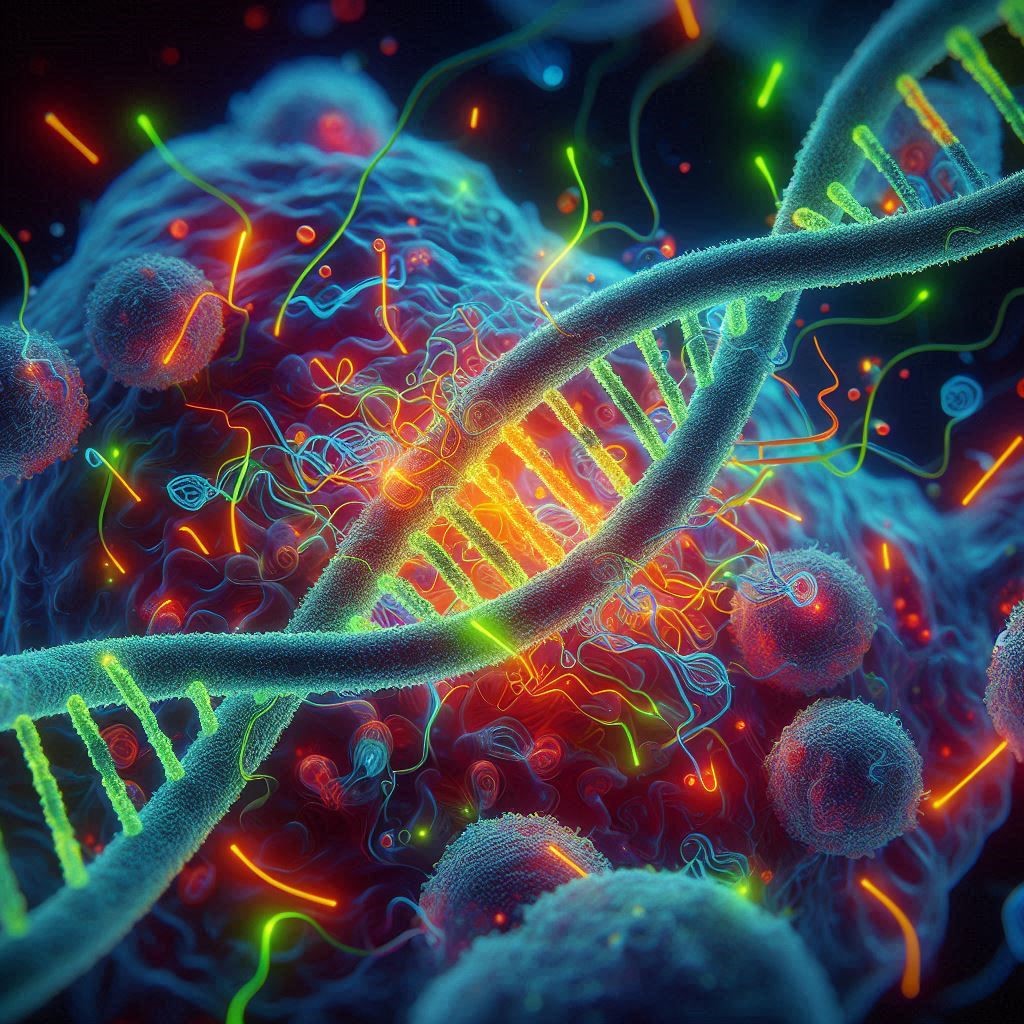Introduction
Menhaden fish might not be the first species that comes to mind when we think of marine life, but these small, silvery fish play a monumental role in our oceans. Often overshadowed by larger and more glamorous sea creatures, menhaden are truly unsung heroes within marine ecosystems. As filter feeders, they contribute significantly to water clarity and quality while providing essential nourishment for various predators.
The story of menhaden is one of intricate connections and vital contributions. Their presence influences everything from local economies to biodiversity in coastal waters. Yet, despite their importance, challenges lie ahead for these remarkable fish. The frontiers of science surrounding Menhaden Ewe offer exciting insights into conservation efforts aimed at protecting this species and ensuring the health of our oceans.
Join us as we dive deeper into the world of menhaden—a journey filled with discovery, urgency, and hope for future generations who rely on healthy marine environments.
The Importance of Menhaden in Marine Ecosystems
Menhaden play a crucial role in marine ecosystems. These small, schooling fish serve as a primary food source for larger predators such as striped bass, bluefish, and seabirds. Their presence is vital for maintaining the balance within the food web.
Beyond being prey, menhaden contribute to nutrient cycling. As filter feeders, they consume phytoplankton and help regulate algae populations. This process promotes clearer waters and supports diverse aquatic life.
Moreover, menhaden are indicators of ecosystem health. Changes in their population can signal shifts in environmental conditions or water quality issues. Monitoring these fish provides valuable insights for scientists studying marine habitats.
Their importance extends to coastal communities too. Healthy menhaden populations support both recreational and commercial fisheries that depend on them directly or indirectly. Protecting this species ultimately safeguards our oceans’ intricate web of life.
Impact on Commercial Fisheries and Local Economies
Menhaden play a vital role in commercial fisheries, acting as both prey and a resource. Their abundance supports numerous fish species that thrive along the Atlantic coast. This interconnectedness benefits both ecosystems and fishermen.
Local economies heavily rely on menhaden fishing for income. Many coastal communities depend on this fishery for jobs, providing livelihoods for families engaged in harvesting, processing, and distributing menhaden products.
The demand for menhaden extends beyond direct consumption. They are crucial ingredients in animal feed and aquaculture, influencing broader agricultural markets. As such, fluctuations in their population can ripple through local economies, affecting everything from pricing to employment rates.
Understanding the economic significance of menhaden is essential for stakeholders involved in marine conservation efforts. Striking a balance between sustainable practices and commercial interests will help secure these important resources for future generations.
Threats to the Menhaden Population
Menhaden face numerous threats that jeopardize their population. Overfishing remains a significant concern, as these small fish are highly sought after for their oil and meal used in various industries. Unsustainable fishing practices can lead to rapid declines in numbers.
Habitat degradation also poses a risk. Coastal development, pollution, and climate change disrupt the delicate ecosystems where menhaden thrive. These factors not only reduce spawning areas but also affect water quality crucial for their survival.
Moreover, competition for resources with other species adds another layer of complexity. As larger predators increase or prey dynamics shift due to environmental changes, menhaden must navigate an increasingly challenging landscape.
The effects of these threats ripple through marine ecosystems, highlighting the urgent need for dedicated conservation efforts tailored specifically to protect this vital fish species.
Efforts to Protect and Restore Menhaden
Efforts to protect and restore Menhaden populations are gaining momentum across various regions. Conservation groups, alongside marine biologists, are working diligently to raise awareness about the ecological significance of these fish.
Regulatory measures have been put in place to limit overfishing. Quotas established by agencies ensure sustainable harvesting practices that preserve Menhaden stocks while supporting local fisheries.
Habitat restoration projects focus on coastal ecosystems where Menhaden thrive. These initiatives work to revitalize wetlands and estuaries, creating safe breeding grounds for future generations of fish.
Research is also pivotal in these efforts. Studies highlight the complex relationships between Menhaden and other marine species, shedding light on how their decline impacts overall ocean health.
Community engagement plays a crucial role too, fostering a sense of stewardship among fishermen and residents alike. Through education programs and workshops, people learn how small changes can lead to significant improvements in managing this vital resource responsibly.
Potential Solutions for Balancing Conservation and Commercial Use
Finding a harmonious balance between conservation and commercial interests is crucial for the future of menhaden. Innovative regulatory frameworks can guide sustainable fishing practices while safeguarding marine ecosystems.
Creating designated fishing zones could help protect critical habitats for menhaden. These areas would allow populations to thrive, ensuring that fisheries do not overexploit resources.
Additionally, implementing catch limits based on scientific research ensures that both ecological health and economic needs are met. Engaging local communities in these decisions fosters collaboration and awareness around sustainable practices.
Encouraging aquaculture may also alleviate pressure on wild stocks. By cultivating menhaden in controlled environments, we can meet market demands without harming natural populations.
Education plays a vital role too. Raising awareness about the significance of menhaden helps consumers make informed choices, promoting demand for sustainably sourced seafood options within local markets.
The Untold Story of Menhaden Ewe: Frontiers of Science and Marine Conservation
Menhaden Ewe is a fascinating concept that embodies the intersection of science and marine conservation. This innovative approach emphasizes understanding menhaden’s role beyond mere fishery metrics.
Research into Menhaden Ewe highlights their pivotal place in coastal ecosystems. These fish serve as natural filters, maintaining water quality by consuming plankton and algae. Their presence supports a diverse array of marine life, from larger predatory species to vulnerable seabirds.
Scientists are now leveraging advanced technology to better understand menhaden behavior and migration patterns. Acoustic tags and satellite tracking offer real-time data on how these fish interact with their environment.
This research contributes significantly to sustainable management practices, ensuring that both commercial interests and ecological health coexist harmoniously. The commitment to uncovering the story behind Menhaden Ewe represents an exciting frontier in marine science, where knowledge fuels conservation efforts for future generations.

Conclusion: The Future of Menhaden and Marine Ecosystems
The Frontiers of Science Menhaden Ewe collective actions today. As a keystone species, the health of Menhaden directly influences the balance within their environments. Their role in nutrient cycling and as a food source for larger predators is irreplaceable.
Sustainable management practices are essential to ensure that both commercial fisheries and conservation efforts can coexist harmoniously. Innovations in fishing technology, stricter regulations, and increased public awareness about Menhaden’s ecological significance could create pathways for recovery and resilience.
As new research continues to unfold through the frontiers of science, like that surrounding Menhaden Ewe, we gain valuable insights into how these fish contribute to ocean health. There’s hope for restoring populations while supporting local economies dependent on this vital resource.
Protecting Menhaden requires a unified approach from scientists, policymakers, fishermen, and communities alike. By prioritizing their well-being now, we foster not only vibrant marine ecosystems but also secure livelihoods tied intimately to these remarkable creatures. The journey ahead may be challenging but is certainly worth pursuing for the oceans’ sake—and our own too.



